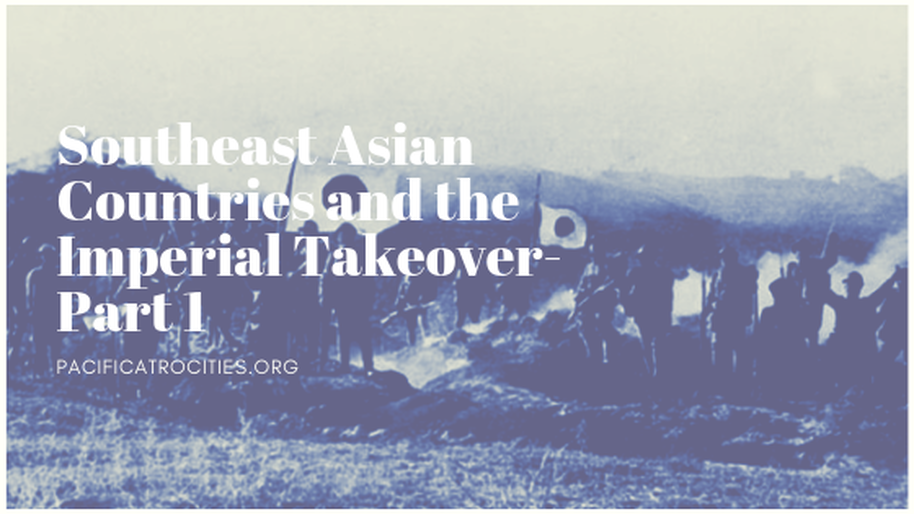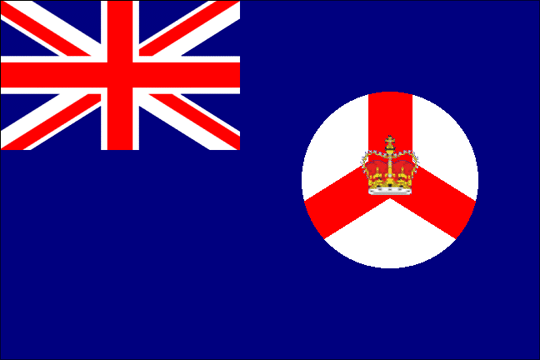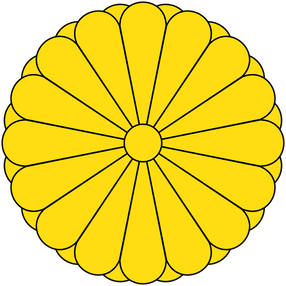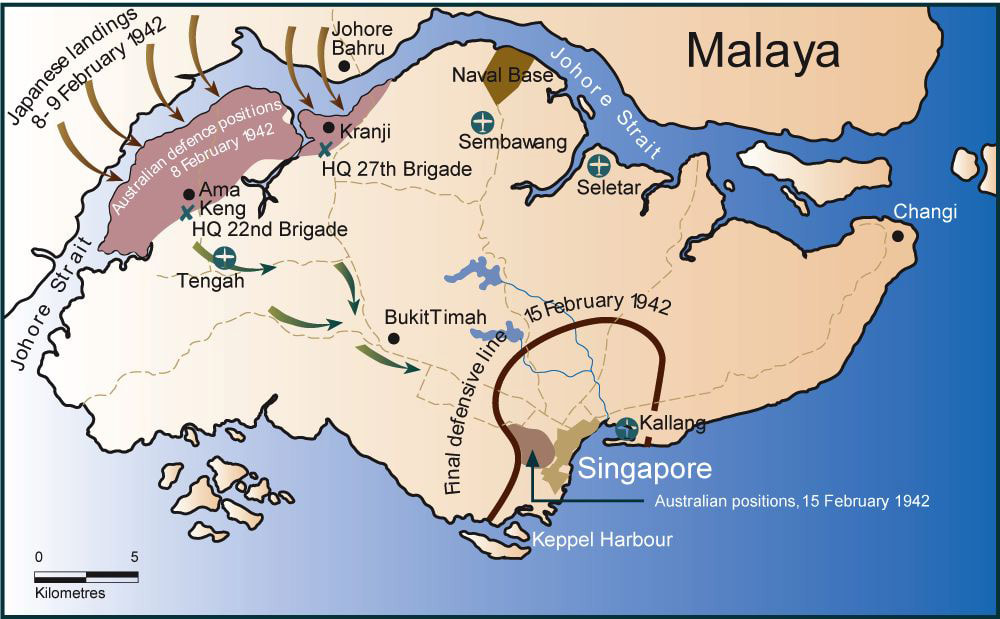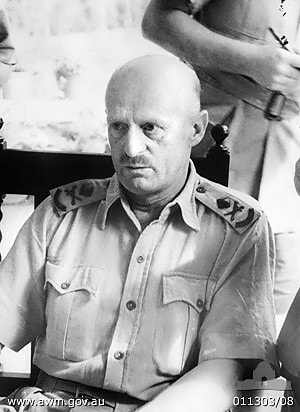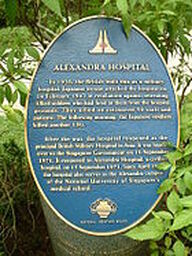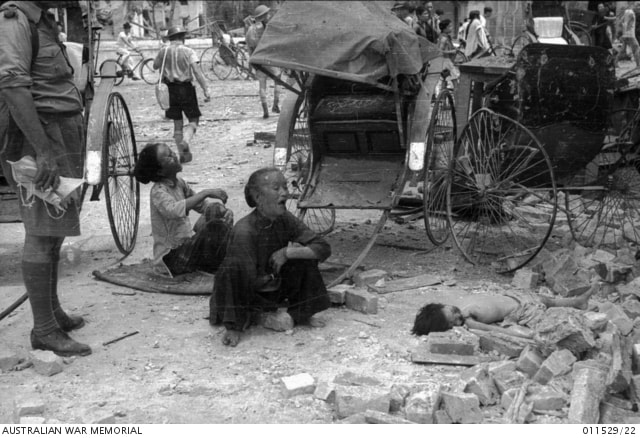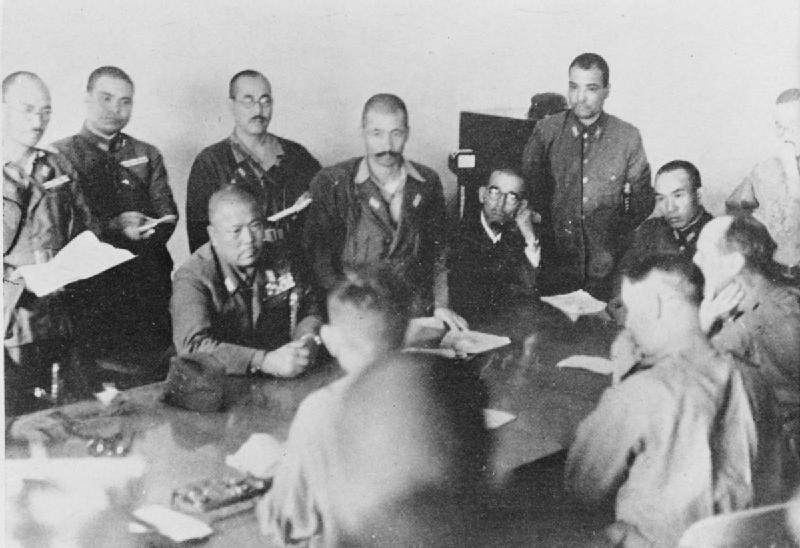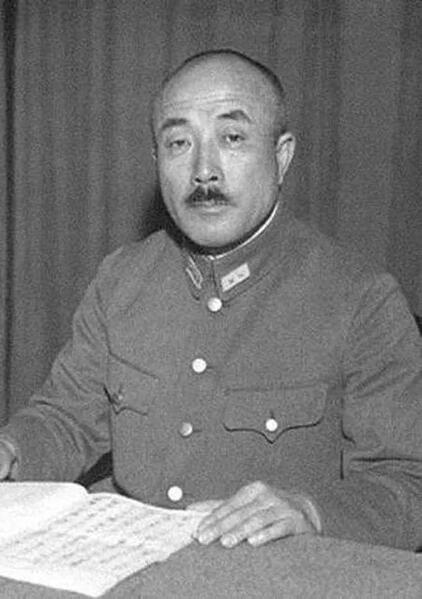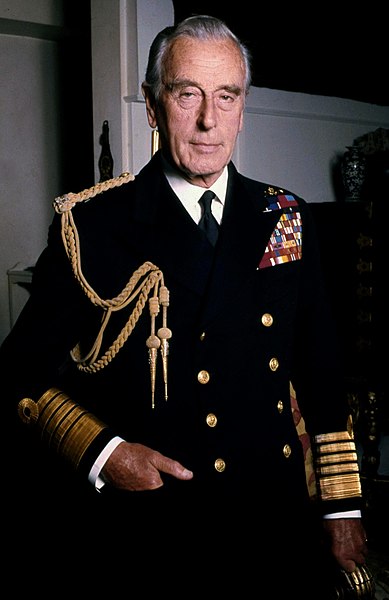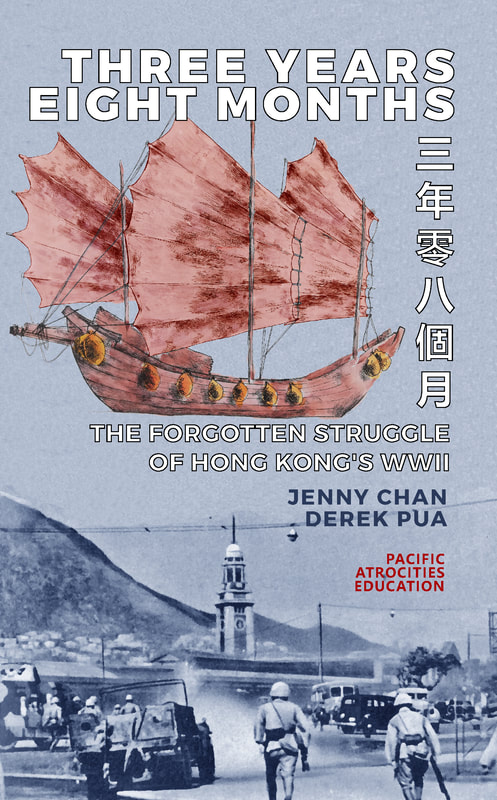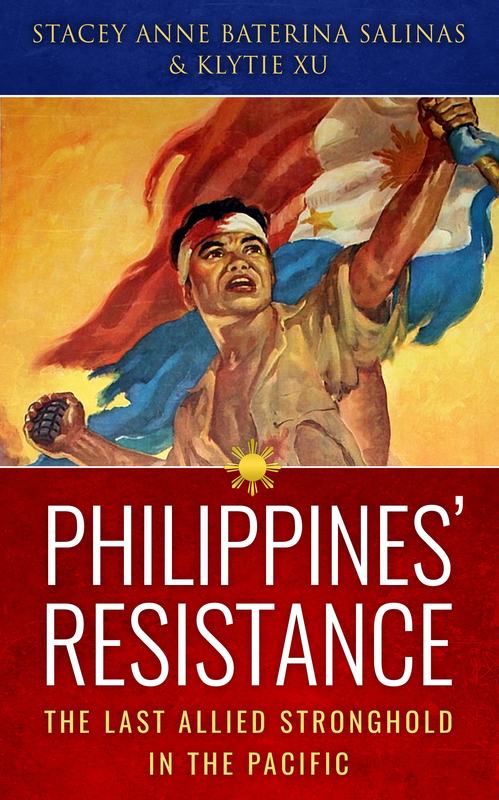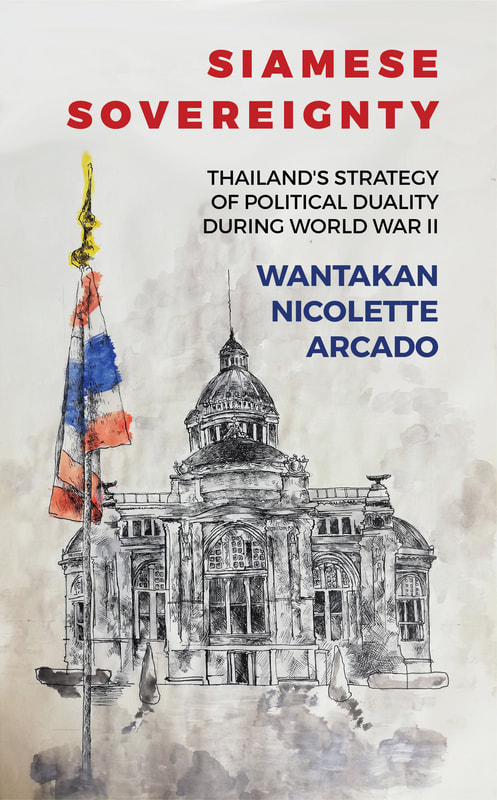|
by Nickii Wantakan Arcado During World War II, various Southeast Asian countries were engulfed by the Imperial Japanese Military as part of their vision to create a Greater East Asia Co-Prosperity Sphere. This is Part I of a IV part series. Outlined below is a brief history of major events during the Singapore Campaign including the beginning of Japanese colonialism and the eventual conclusion of the war: Operation Singapore : 昭南島 The successful occupation of Singapore by the Imperial Japanese army was a direct result of the fall of the British colony in Singapore on February 15, 1942. The Battle of Singapore (Feb 7, 1942 – Feb 15, 1942) as it was called, was fought between 85,000 British army men lead by Lieutenant General Arthur Percival, while Japan’s 36,000 men were headed by Lieutenant General Tomoyuki Yamashita. The disadvantage was clear: compared to Tomoyuki’s men who fought in the Manchuria campaign, most of Percival’s men have never experienced combat. On December 8, 1941, the Imperial Japanese 25th Army first began invading British Malaya (now Malaysia) from both Indochina and Thailand. Despite British forces clearly outnumbering the Japanese regiment, with military maneuvers such as flanking and Japan’s air superiority, the Japanese military was able to drive back British forces and sink their two main battleships, HMS Repulse and HMS Prince of Wales. From there, the army moved through the peninsula using light tanks and bicycles. Japanese speed as well as their surprise tactics that prevented their enemies to re-group proved to be virtually unstoppable. By January 31st, the British army retreated to the island of Singapore. 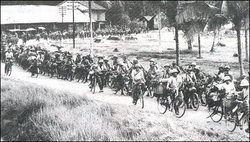 Beginning February 3, Japan unleashed attacks against garrisons on the island and by February 8, they landed on the northwest coast of Singapore near the Strait of Johore. While the areas were occupied by the Australian 22nd Infantry Brigade, the Japanese navigated at night around unoccupied areas of the coast. Within 24 hours, a second Japanese landing between the Causeway and Kranji River occurred, and the military was met with the Australian 27th Infantry Brigade. By January 10, Japanese forces completely occupied the northwest coast and forced the Australian troops to fall back and retreat. To counter the Japanese, Australian Commander General H Gordon Bennett chose to form a defensive line east of the Tengah airfield at Belem. On the north side of the island, Brigadier Duncan Maxwell's 27th Australian Brigade launched attacks against the Japanese army on the west side of the causeway. They managed to halt the Japanese progression momentarily, but when Maxwell was unable to communicate with the 22nd Australian Brigade on his left he was left with no choice but to fall back on their defensive position. This withdrawal allowed the Imperial Japanese army to land armed units on the island and outflank Bennett’s defensive Jurong Line. They then continued pushing their troops towards their city. Commander Bennet (left) and Duncan Maxwell (right) “(i) Not only must the defence of Singapore Island be maintained by every means, but the whole island must be fought for until every single unit and every single strong point has been separately destroyed. (j) Finally, the city of Singapore must be converted into a citadel and defended to the death. No surrender can be contemplated, and the Commander, Staffs and principal officers are expected to perish at their posts.” The city center was in complete chaos. Allied anti-aircraft guns were almost out of ammunition, failing to disrupt Japanese air attacks and petrol to power military vehicles was exhausted. The water supply was also severely damaged. Officially at 9:30 February 15, Percival offered up the island’s surrender. Over 100,000 men were taken as POWs, with another 50,000 Chinese Singaporeans casualties. Many POWs were shipped to work on the Thai-Burma railroad. Despite the threat of death and retribution from the Japanese, many Chinese Singaporeans continued to assist Allied POWs during their imprisonment. Initially praising the island as an impregnable fortress, the British’s eventual surrender of Singapore is arguably one of the country’s worst defeats during World War II. With this new land acquisition, Japan included the country in their Greater East Asia Co-Prosperity Sphere and renamed it Sonan-to, meaning ‘Light of the South Island’. Following the surrender, Commander Bennett, escaped with his staff officers, commandeering a small boat. Bennett eventually made it back to Australia under intense scrutiny and controversy as officials and civilians alike claimed he was free while his men suffered in POW camps. A Royal Commission was issued to Bennet, finding that he was unjustified in his command and abandonment of his men. After the events of the Battle of Singapore, Bennett’s military career plunged and he never commanded troops in battle again. Following the Japanese surrender back on September 2, 1945, on September 12, the country returned to British colonial rule after Japanese General Seishirō Itagaki surrendered to Supreme Allied Commander, South East Asia Command Lord Mountbatten, officially ending World War II in Singapore. References:
Related Books
0 Comments
Leave a Reply. |
- Home
- Stories
-
Internship
- Summer 2024 Internship
- Summer 2023 Internship
- Fall 2022 Internship
- Summer 2022 Internship
- Summer 2021 Internship
- Fall 2020- Spring 2021 Internship
- Summer 2020 Internship
- Fall 2019 Internship
- Summer 2019 Internship >
- School Year 2018-2019 Internship
- Summer 2018 Internship >
- Fall 2017 Internship
- Summer 2017 Internship >
- Books
- Archives
-
Resource Page
-
Supplementary Research Guides
>
- Unit 731 - Guide >
-
Philippines' Resistance - Guide
>
- Philippines World War II Timeline
- The Japanese Invasion & Conquest of the Philippines
- Bataan Death March
- Formation of Underground Philippines Resistance
- Supplies of the Guerrilla Fighters
- The Hukbalahap
- Hunter's ROTC
- Marking's Guerrillas
- United States Army Forces in the Philippines of Northern Luzon (USAFIP-NL)
- The Aetas
- Chinese and Filipino-Chinese Nationalist Guerrilla Units
- The Female Faces of the Philippine Guerrillas
- Rising Sun Flag - Guide >
- Pinay Guerrilleras - Guide >
- Fall of Singapore - Guide >
- Three Years and Eight Months - Guide >
- Siamese Sovereignty - Guide >
- The Khabarovsk War Crimes Trial - Guide >
- Unit 731 Cover-up : The Operation Paperclip of the East - Guide >
- Marutas of Unit 731 - Guide >
- Prince Konoe Memoir - Guide >
- Competing Empires in Burma - Guide >
- Battle of Shanghai - Guide >
- Ishi Shiro - Guide >
- Taiwan The Israel of the East - Guide >
- Seeking Justice for Biological Warfare Victims of Unit 731 - Guide >
- Rice and Revolution - Guide >
- Clash of Empires - Guide >
-
Hunger for Power and Self-SufficiencyI - Guide
>
- The Influence of War Rations on Post-War Culinary Transformations
- How World War II Complicated Food Scarcity and Invention
- American Military Innovations
- Government-Sponsored Food Inventions in Europe during World War II
- Feeding the Army: The Adaptation of Japanese Military Cuisine and Its Impact on the Philippines
- Mixed Dishes: Culinary Innovations Driven by Necessity and Food Scarcity
-
Denial A Quick Look of History of Comfort Women and Present Days’ Complication - Guide
>
- The Comfort Women System and the Fight for Recognition
- The Role of Activism and International Pressure
- The Controversy over Japanese History Textbooks
- The Sonyŏsang Statue and the Symbolism of Public Memorials
- Activism and Support from Japanese Citizens
- The Future of Comfort Women Memorials and Education
- Echoes of Empire: The Power of Japanese Propaganda - Guide >
- Lesson Plans >
-
Supplementary Research Guides
>
|
Pacific Atrocities Education
730 Commercial Street San Francisco, CA 94108 415-988-9889 |
Copyright © 2021 Pacific Atrocities Education.
We are a registered 501 (c)(3) charity. |
- Home
- Stories
-
Internship
- Summer 2024 Internship
- Summer 2023 Internship
- Fall 2022 Internship
- Summer 2022 Internship
- Summer 2021 Internship
- Fall 2020- Spring 2021 Internship
- Summer 2020 Internship
- Fall 2019 Internship
- Summer 2019 Internship >
- School Year 2018-2019 Internship
- Summer 2018 Internship >
- Fall 2017 Internship
- Summer 2017 Internship >
- Books
- Archives
-
Resource Page
-
Supplementary Research Guides
>
- Unit 731 - Guide >
-
Philippines' Resistance - Guide
>
- Philippines World War II Timeline
- The Japanese Invasion & Conquest of the Philippines
- Bataan Death March
- Formation of Underground Philippines Resistance
- Supplies of the Guerrilla Fighters
- The Hukbalahap
- Hunter's ROTC
- Marking's Guerrillas
- United States Army Forces in the Philippines of Northern Luzon (USAFIP-NL)
- The Aetas
- Chinese and Filipino-Chinese Nationalist Guerrilla Units
- The Female Faces of the Philippine Guerrillas
- Rising Sun Flag - Guide >
- Pinay Guerrilleras - Guide >
- Fall of Singapore - Guide >
- Three Years and Eight Months - Guide >
- Siamese Sovereignty - Guide >
- The Khabarovsk War Crimes Trial - Guide >
- Unit 731 Cover-up : The Operation Paperclip of the East - Guide >
- Marutas of Unit 731 - Guide >
- Prince Konoe Memoir - Guide >
- Competing Empires in Burma - Guide >
- Battle of Shanghai - Guide >
- Ishi Shiro - Guide >
- Taiwan The Israel of the East - Guide >
- Seeking Justice for Biological Warfare Victims of Unit 731 - Guide >
- Rice and Revolution - Guide >
- Clash of Empires - Guide >
-
Hunger for Power and Self-SufficiencyI - Guide
>
- The Influence of War Rations on Post-War Culinary Transformations
- How World War II Complicated Food Scarcity and Invention
- American Military Innovations
- Government-Sponsored Food Inventions in Europe during World War II
- Feeding the Army: The Adaptation of Japanese Military Cuisine and Its Impact on the Philippines
- Mixed Dishes: Culinary Innovations Driven by Necessity and Food Scarcity
-
Denial A Quick Look of History of Comfort Women and Present Days’ Complication - Guide
>
- The Comfort Women System and the Fight for Recognition
- The Role of Activism and International Pressure
- The Controversy over Japanese History Textbooks
- The Sonyŏsang Statue and the Symbolism of Public Memorials
- Activism and Support from Japanese Citizens
- The Future of Comfort Women Memorials and Education
- Echoes of Empire: The Power of Japanese Propaganda - Guide >
- Lesson Plans >
-
Supplementary Research Guides
>
